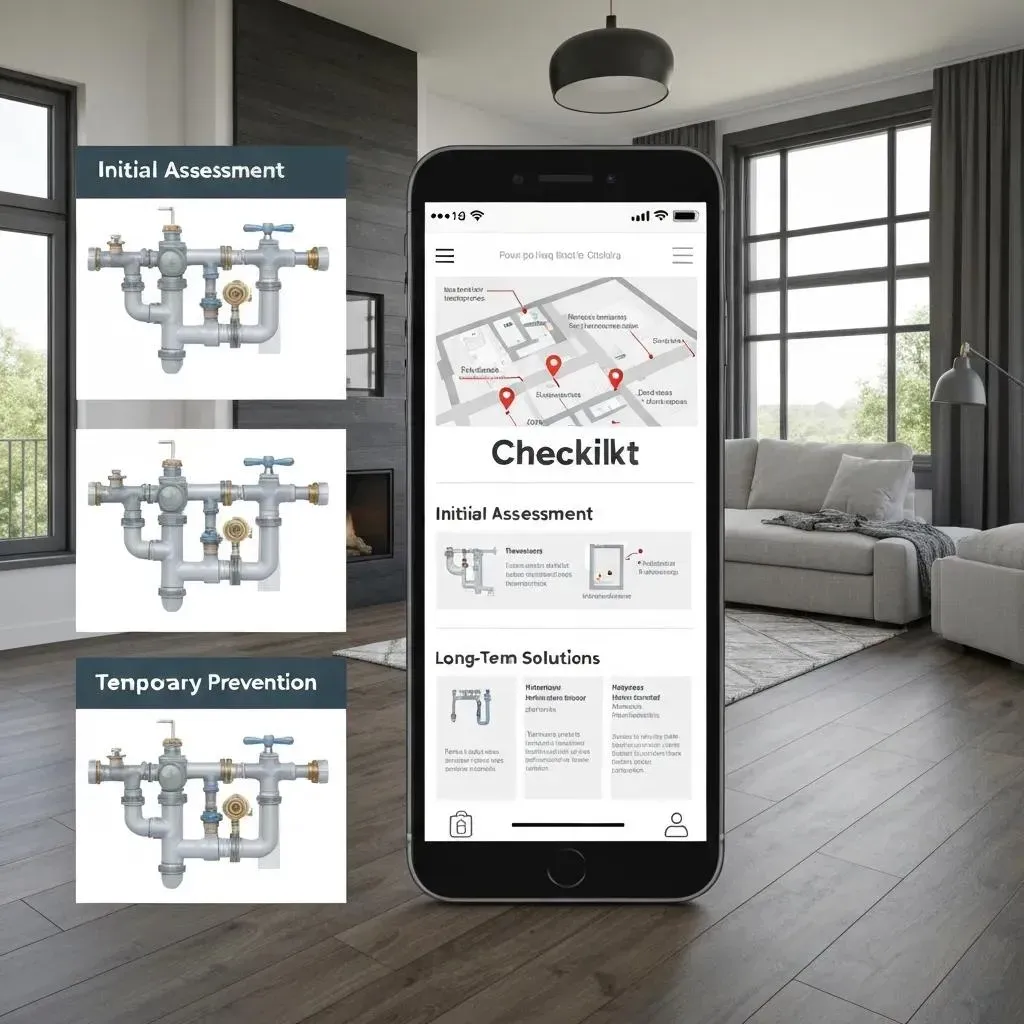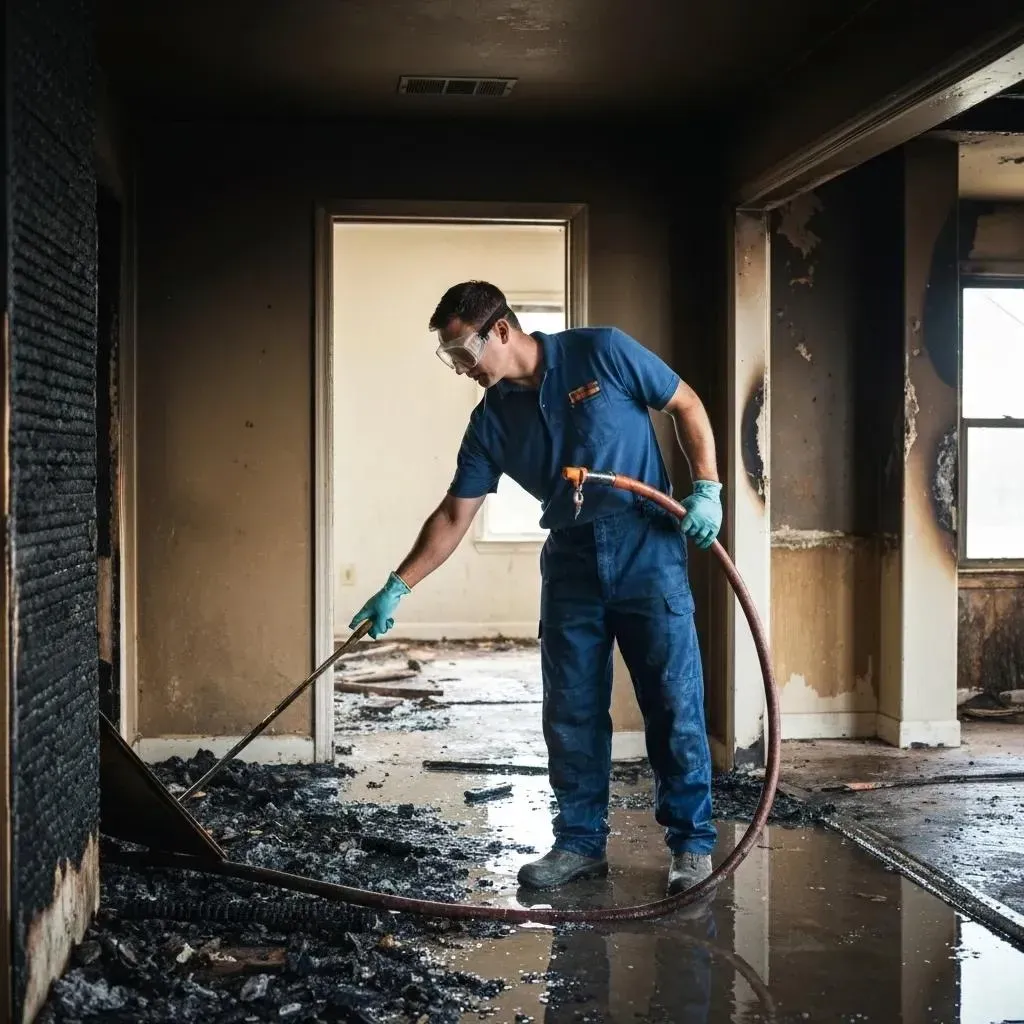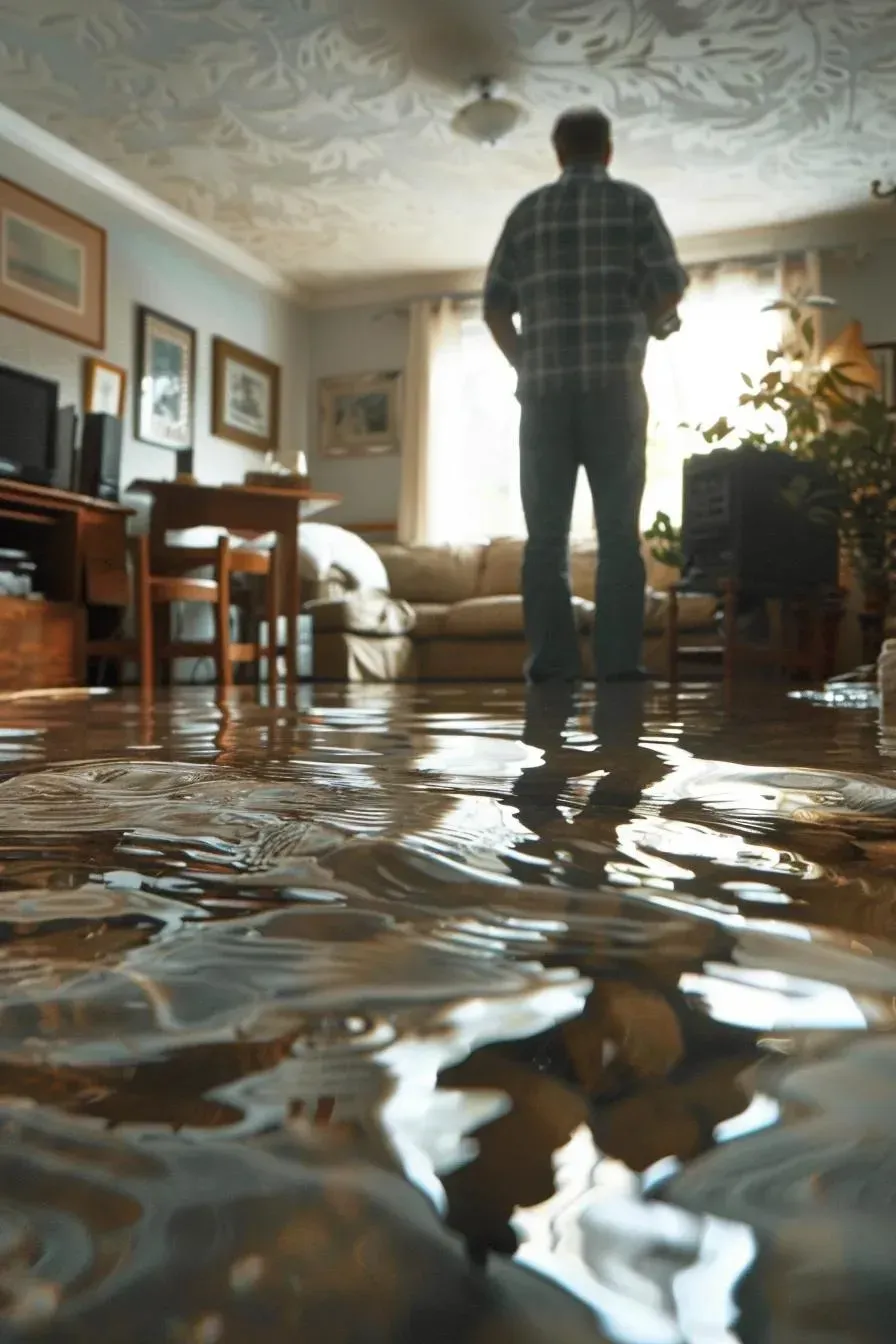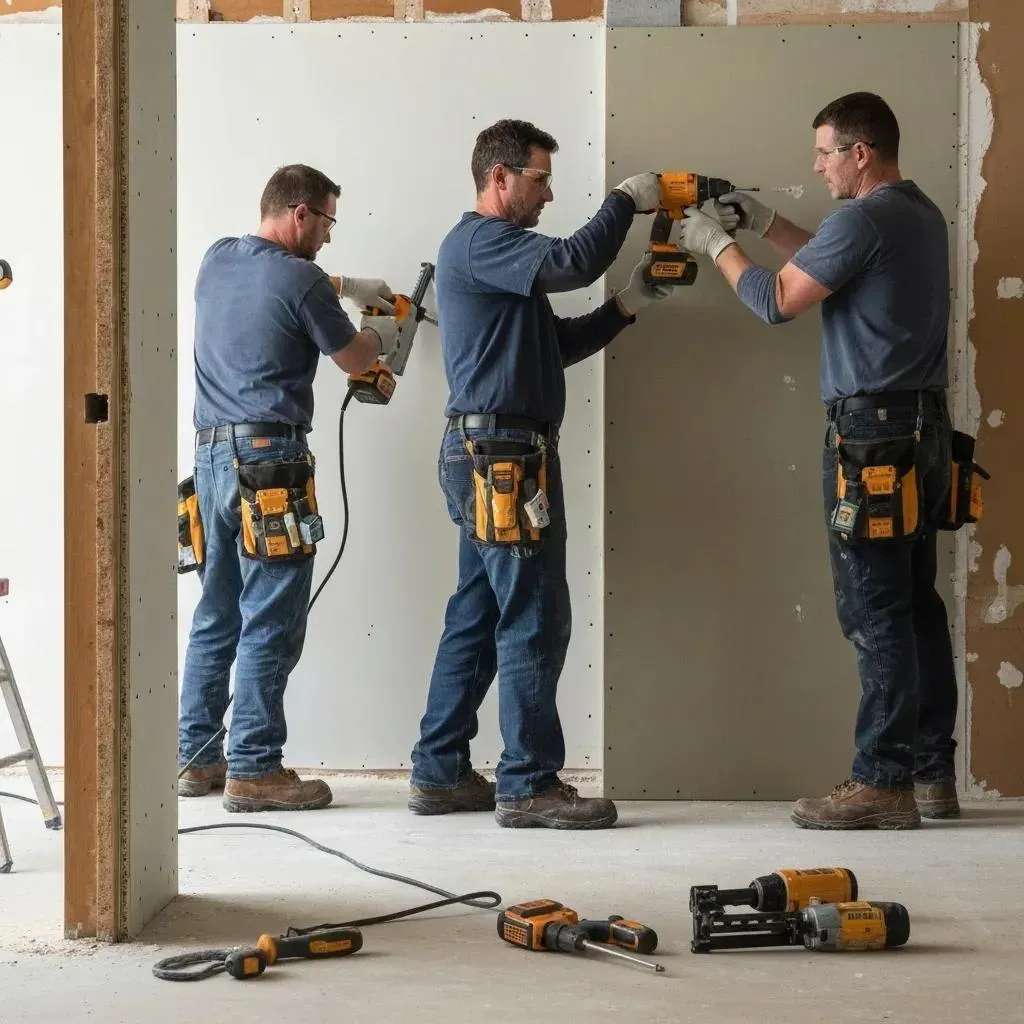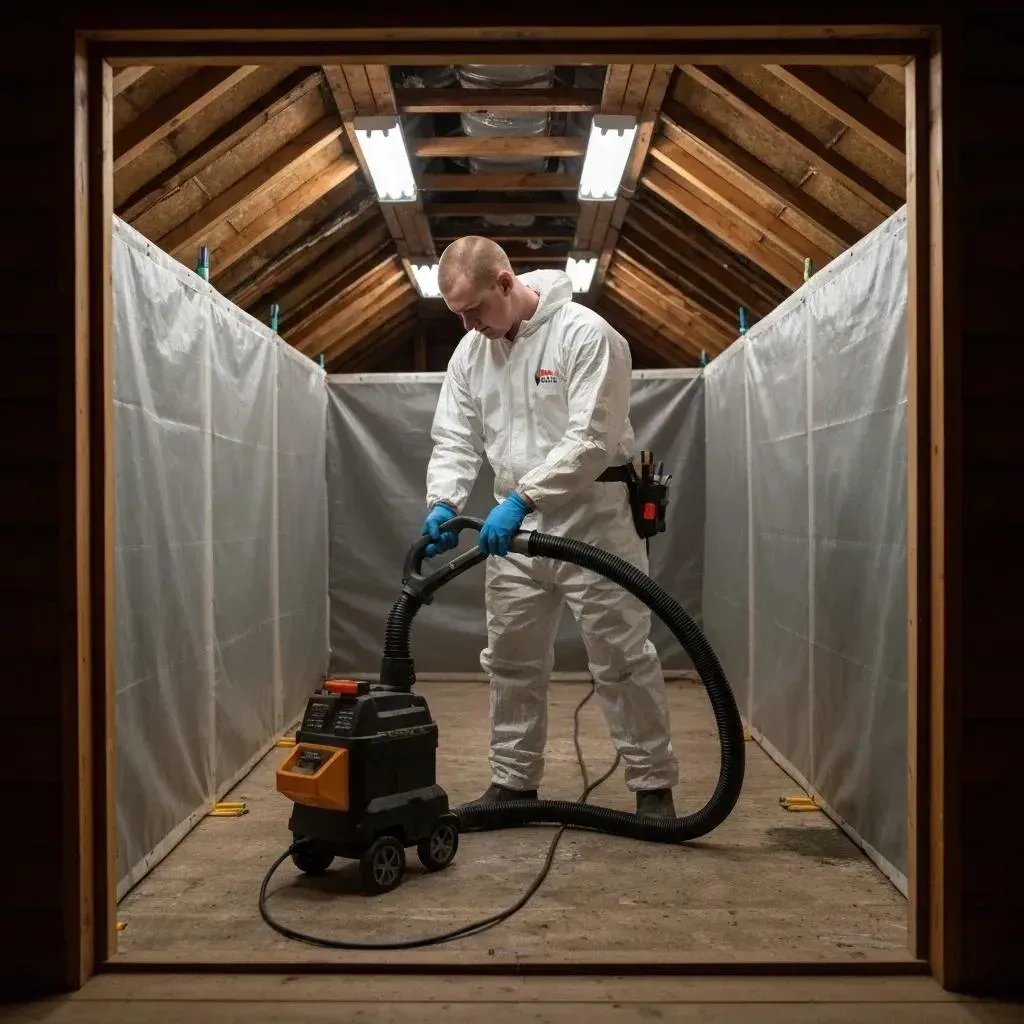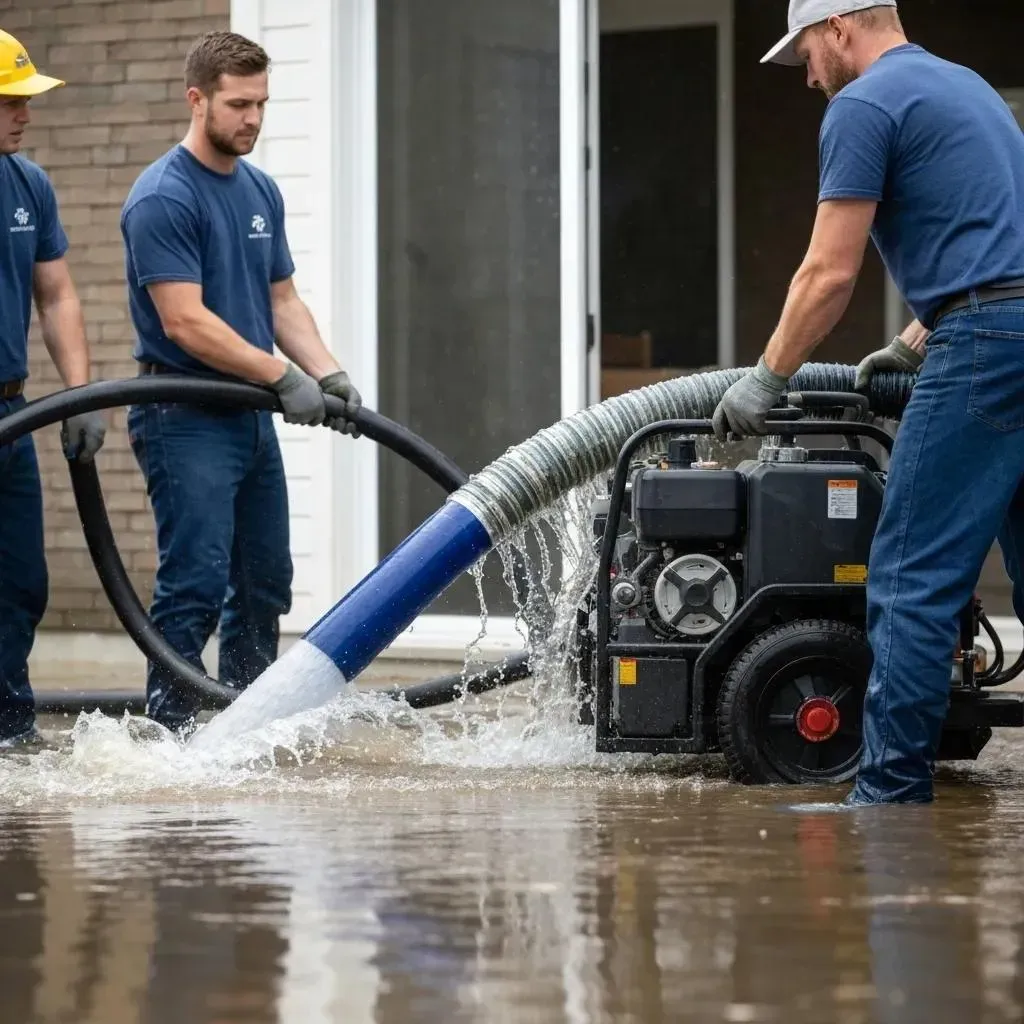Blog
When Mother Nature Shows Her Attitude
Colorado summers are beautiful—until they're not. One minute you're enjoying 75-degree sunshine, the next you're watching golf ball-sized hail pummel your roof while your basement starts resembling a swimming pool. If you've lived in Denver long enough, you know that summer storms don't mess around here.
The good news? A little preparation can save you thousands in damage and a whole lot of heartache. Let's dive into how to protect your home before the next storm hits, and what to do when nature decides to throw a tantrum in your neighborhood.
The Denver Storm Reality Check
Here's the deal: Denver sits in what meteorologists lovingly call "Hail Alley." We get hit with severe storms from May through September, with July being the absolute worst for property damage. The Front Range sees an average of 7-9 hail events per year, and trust me, your roof notices every single one.
But it's not just hail that causes problems. Flash flooding from sudden downpours, wind damage from microbursts, and even the occasional tornado keep local restoration crews busy all summer long. The key is understanding that it's not if a severe storm will hit your area—it's when.
Pre-Storm Prep: Your Home's Armor Up Checklist
Roof and Gutters: Your First Line of Defense
Your roof takes the biggest beating during storms, so give it some love before the weather gets wild:
Inspect and repair loose or missing shingles. Even small gaps can become major leaks when wind-driven rain gets involved. Look for curled edges, exposed nails, or any areas where shingles have started to lift.
Clean those gutters like your basement depends on it —because it does. Clogged gutters cause water to back up and find creative ways into your home. Remove leaves, debris, and that random tennis ball your neighbor's dog somehow got up there.
Trim back tree branches that hang over your roof. Dead or weak branches become projectiles in high winds, and nobody wants a surprise skylight installation during a storm.
Windows and Doors: Sealing the Deal
Check weatherstripping around windows and doors. Replace any that's cracked, dried out, or missing entirely. This simple step prevents wind-driven rain from sneaking inside during storms.
Consider storm shutters or impact-resistant windows if you're in a particularly storm-prone area. Yes, it's an investment, but it's cheaper than replacing everything inside your home after water damage.
Drainage: Giving Water Somewhere to Go
Walk around your home's perimeter and look for areas where water might pool against your foundation. Grade soil away from your house, and make sure downspouts direct water at least six feet from your foundation.
Install window well covers to keep basement windows from becoming water entry points. These simple covers can prevent thousands in flood damage.
During the Storm: Stay Safe, Stay Smart
When severe weather hits, your safety comes first. Get to the lowest level of your home, away from windows. Monitor weather alerts on your phone or weather radio.
If you hear what sounds like a freight train—even though no tracks are nearby—take cover immediately. That distinctive sound often signals an approaching tornado.
Resist the urge to go outside and check for damage while the storm is still active. Colorado storms can have multiple waves, and conditions can change rapidly.
After the Storm: Damage Control Mode
Safety First, Always
Before heading outside to assess damage, wait until winds die down completely. Watch for downed power lines, and assume any line on the ground is live and dangerous.
If you smell gas or suspect a leak, leave immediately and call the gas company from a safe location.
Document Everything
Take photos of all visible damage before touching anything. Your insurance company will need this documentation, and having thorough records makes the claims process much smoother.
Look for obvious signs of damage: missing or damaged shingles, dented siding, broken windows, damaged gutters, and debris in your yard.
Water Damage: Act Fast or Pay Later
If water has entered your home, time is your enemy. You have roughly 24-48 hours before mold starts to become a serious problem.
Stop the water source if possible. If it's a roof leak, place buckets to catch dripping water and move furniture away from affected areas.
Remove standing water quickly using pumps, wet vacuums, or whatever tools you have available. The longer water sits, the more damage it causes.
Start the drying process immediately. Open windows (if safe to do so), run fans, and use dehumidifiers to pull moisture from the air.
When to Call the Professionals
Some storm damage is clearly DIY territory—cleaning up small branches, replacing a few loose shingles, or dealing with minor interior water cleanup. But certain situations require professional expertise:
Significant roof damage: If you can see daylight through your roof or have multiple missing shingles, call a roofing contractor immediately.
Major water intrusion: If water has affected multiple rooms, soaked carpeting, or damaged electrical systems, professional water restoration is essential.
Potential structural damage: Cracks in walls or foundations, doors or windows that won't close properly, or any signs that your home's structure may be compromised require immediate professional assessment.
Mold concerns: If you see or smell mold within days of water damage, don't attempt DIY removal. Professional mold remediation prevents health risks and ensures complete removal.
Insurance: Your Financial Safety Net
Contact your insurance company as soon as it's safe to do so after storm damage. Many insurers have 24/7 claim hotlines and mobile apps that make reporting damage quick and easy.
Keep detailed records of all damage and repairs. Save receipts for any emergency repairs or temporary accommodations you need while your home is being restored.
Understand the difference between wind and flood damage in your policy. Standard homeowner's insurance typically covers wind and hail damage but not flooding. If flood damage is a concern, you'll need separate flood insurance.
Prevention Pays: Making Your Home Storm-Resilient
Consider upgrading to impact-resistant roofing materials when it's time to replace your roof. Class 4 impact-resistant shingles can significantly reduce hail damage and may qualify you for insurance discounts.
Install a whole-house surge protector to protect electronics and appliances from lightning-related power surges.
Create an emergency kit with flashlights, batteries, first aid supplies, and enough water and non-perishable food for at least 72 hours.
The Bottom Line: Be Ready, Not Sorry
Summer storms in Denver are a fact of life, but they don't have to be a financial disaster. A little preparation, quick action when damage occurs, and knowing when to call professionals can save you thousands in repair costs and weeks of stress.
Remember, the best time to prepare for a storm is when the skies are clear and the weather is calm. Don't wait until you hear that first rumble of thunder to start thinking about protection.
Your home is probably your biggest investment—treat it like one. A few hours of preparation now can prevent days or weeks of restoration work later. Plus, there's something satisfying about weathering a storm knowing you're ready for whatever Mother Nature throws your way.
Stay safe, stay prepared, and remember: when it comes to storm damage, it's always better to be looking at it than looking for it.
Need Help After Storm Damage?
If severe weather has already caused damage to your Denver-area home, don't wait. Water damage and mold problems get worse by the hour, and structural issues need immediate attention to prevent safety hazards.
At Accountable Home Services, we understand that storm damage doesn't wait for convenient timing. Our emergency response team is available 24/7 to help you start the restoration process quickly and safely. From water extraction and drying to complete reconstruction, we'll help you get your life back to normal as quickly as possible.
Contact us today for a free damage assessment and let our certified restoration specialists help you navigate the recovery process with confidence.

